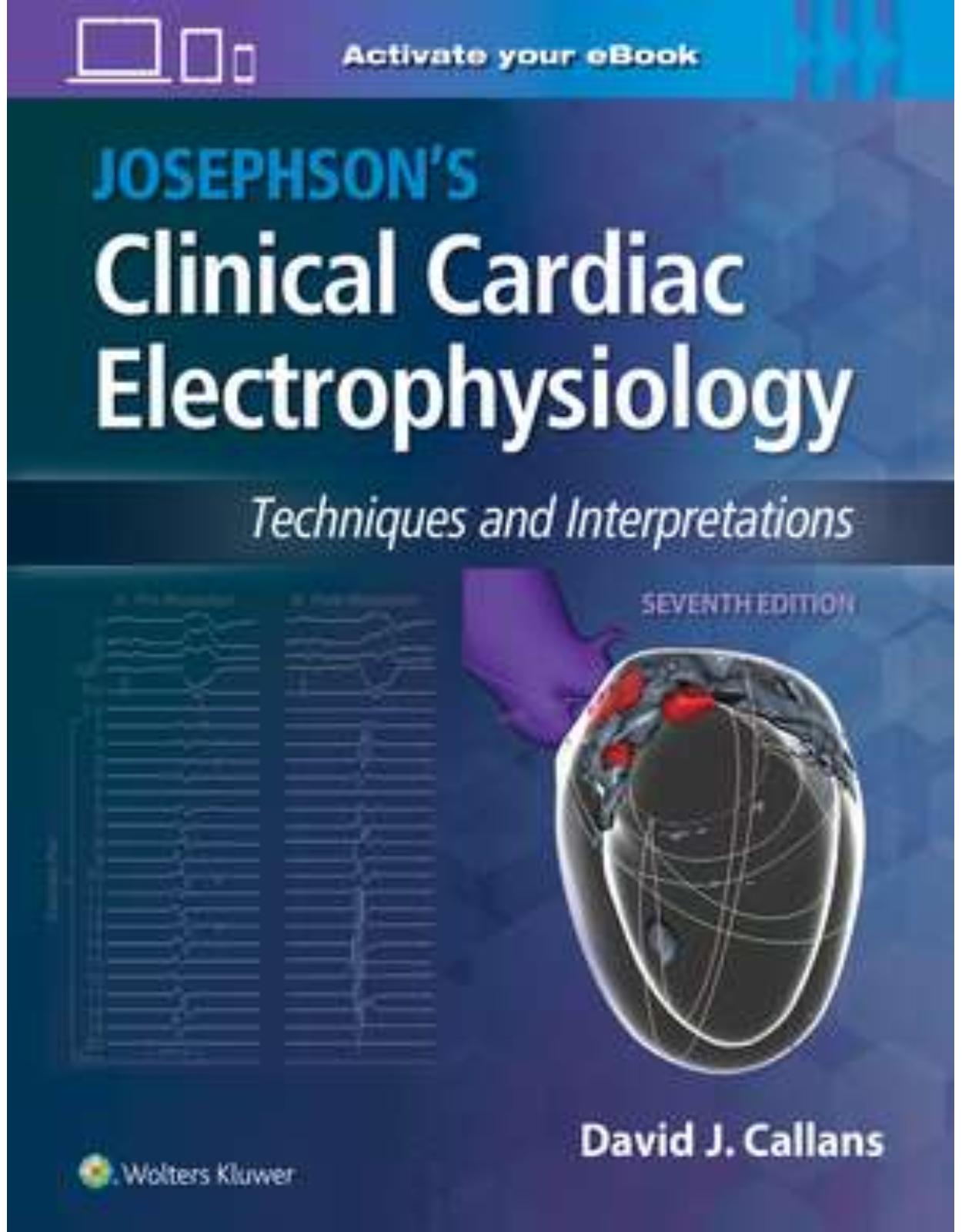
Josephsons Clinical Cardiac Electrophysiology
Livrare gratis la comenzi peste 500 RON. Pentru celelalte comenzi livrarea este 20 RON.
Disponibilitate: La comanda in aproximativ 4 saptamani
Autor: Dr. David Callans
Editura: LWW
Limba: Engleza
Nr. pagini: 976
Coperta: Hardcover
Dimensiuni: 213 x 276 mm
An aparitie: 12 ian 2024
Description:
Widely regarded as the premier text in this complex field, Josephson’s Clinical Cardiac Electrophysiology, Seventh Edition, provides a thorough understanding of the mechanisms of cardiac arrhythmias and the therapeutic interventions used to treat them. Dr. David J. Callans, personally chosen and trained by Dr. Mark Josephson, provides expert clinical insights and superb illustrations that highlight proven approaches and methods. With its strong focus on physiologic investigation and its role in clinical decision making, this comprehensive text is a must-have reference for cardiology fellows, electrophysiologists, and others in the EP lab.
Table of Contents:
Chapter 1: General Principles and Techniques of Electrophysiologic Investigation
THE ELECTROPHYSIOLOGY LABORATORY
Personnel
INTRACARDIAC SIGNAL RECORDING AND INTERPRETATION
Equipment
Electrode Catheters
Laboratory Organization
Recording and Stimulation Apparatus
CARDIAC CATHETERIZATION TECHNIQUE
Right Atrium
Left Atrium
Right Ventricle
Left Ventricle
His Bundle Electrogram
Transseptal Puncture
RISKS AND COMPLICATIONS
Significant Hemorrhage
Thromboembolism
Phlebitis
Arrhythmias
Complications of Left Ventricular Studies
Pericardial Effusion/Tamponade
INTERPRETATION OF ELECTROPHYSIOLOGY STUDIES
General Concepts
MEASUREMENT OF CONDUCTION INTERVALS
His Bundle Electrogram
Assessment of “H”-V Interval
Establishing Relationship of the His Bundle Deflection to Other Electrograms: Role of Catheter Position
Simultaneous Left-Sided and Right-Sided Recordings
His Bundle Pacing
A-H Interval
H-V Interval
Intra-atrial Conduction
Intraventricular Conduction
DESCRIPTION OF ELECTROGRAMS
Descriptive Characteristics
Quantitative Characteristics
Left Ventricular Endocardial Activation
PROGRAMMED STIMULATION
Incremental Pacing
Refractory Periods
Cycle Length Responsiveness of Refractory Periods
Dispersion of Refractoriness
Patterns of Response to Atrial Extrastimuli
Type I Response
Type II Response
Type III Response
The Atrium as a Limiting Factor in A-V Conduction
Patterns of Response to Ventricular Extrastimuli
Repetitive Ventricular Responses
Safety of Ventricular Stimulation
Comparison of Antegrade and Retrograde Conduction
Chapter 2: Sinus Node Function
ANATOMY AND CELLULAR ELECTROPHYSIOLOGY OF THE SINUS NODE
ELECTROCARDIOGRAPHIC FEATURES OF SINUS NODE DYSFUNCTION
Sinus Bradycardia
Sinoatrial Block and Sinus Arrest
Bradycardia-Tachycardia Syndrome
ELECTROCARDIOGRAPHIC MONITORING OF PATIENTS SUSPECTED OF HAVING SINUS NODE DYSFUNCTION
ASSESSMENT OF AUTONOMIC TONE
ELECTROPHYSIOLOGIC EVALUATION OF SINUS NODE FUNCTION
Sinoatrial Conduction Time
Sinus Node Electrogram
Sinoatrial Conduction Time in Patients with Sick Sinus Syndrome
Sinus Node Recovery Time
Effect of Atropine and Autonomic Blockade on Sinus Node Recovery Time in Normal Persons
Results Sinus Node Testing in Patients Suspected of Having Sinus Node Dysfunction
EFFECT OF DRUGS ON SINUS NODE RECOVERY TIME AND SINOATRIAL CONDUCTION TIME
Digoxin
Propranolol
Calcium Channel Antagonists
Antiarrhythmic Agents
VAGAL HYPERSENSITIVITY (NEUROCIRCULATORY) SYNDROMES
THERAPEUTIC IMPLICATIONS
Chapter 3: Atrioventricular Conduction
ATRIUM
ANATOMY AND CELLULAR ELECTROPHYSIOLOGY OF THE ATRIOVENTRICULAR CONDUCTION AXIS
ATRIOVENTRICULAR NODE
HIS BUNDLE
INFRA-HIS CONDUCTION SYSTEM
PAROXYSMAL ATRIOVENTRICULAR BLOCK
VALUE OF INTRACARDIAC STUDIES IN THE EVALUATION OF ATRIOVENTRICULAR CONDUCTION DISTURBANCES
SUPPRESSION OF ATRIOVENTRICULAR CONDUCTION BY VENTRICULAR STIMULATION
THERAPEUTIC CONSIDERATIONS
Chapter 4: Intraventricular Conduction Disturbances
ANATOMY AND PHYSIOLOGY OF THE HIS-PURKINJE SYSTEM
DEFINITIONS
SITE OF “BLOCK” OR CONDUCTION DELAY DURING BUNDLE BRANCH BLOCK
Chronic Right Bundle Branch Block
Left Bundle Branch Block
Transient Bundle Branch Block
CLINICAL RELEVANCE OF INTRAVENTRICULAR CONDUCTION DISTURBANCES
Role of Electrophysiologic Studies in Predicting Risk of Heart Block
Methods to Identify Patients at Risk of Developing Atrioventricular Block
Alternating Bundle Branch Block
Syncope and Sudden Death in Patients with Bundle Branch Block
THERAPEUTIC IMPLICATIONS
Chapter 5: Miscellaneous Phenomena Related to Atrioventricular Conduction
CONCEALED CONDUCTION
GAP PHENOMENON
SUPERNORMAL CONDUCTION
Chapter 6: Ectopic Rhythms and Premature Depolarizations
ATRIAL DEPOLARIZATIONS
JUNCTIONAL (HIS BUNDLE OR ATRIOVENTRICULAR NODAL) DEPOLARIZATIONS
FASCICULAR DEPOLARIZATIONS
VENTRICULAR DEPOLARIZATIONS
Chapter 7: Supraventricular Tachycardias
MECHANISMS OF SUPRAVENTRICULAR TACHYCARDIA
METHODS OF EVALUATION
SUPRAVENTRICULAR TACHYCARDIA RESULTING FROM ATRIOVENTRICULAR NODAL REENTRY
Mechanisms of Initiation of Atrioventricular Nodal Reentry
Determinants for the Induction of Atrioventricular Nodal Reentry
Atrial Activation Sequence and the P-QRS Relationship During Supraventricular Tachycardia
Effect of Bundle Branch Block During Atrioventricular Nodal Reentrant Supraventricular Tachycardia
Requirement of the Atrium and Ventricle
Requirement of the Atrium in Atrioventricular Nodal Reentry Tachycardia
Responses to Stimulation During Atrioventricular Nodal Reentry Tachycardia—Role in Defining Atrial and Subnodal Participation
Role of Atrial Activation Patterns in Evaluating the Role of the Atrium
Requirement of Subnodal Structures in Atrioventricular Nodal Reentry Tachycardia
Role of Atrial or Ventricular Pacing in Analyzing Upper and Lower Final Common Pathways
Pharmacologic and Physiologic Maneuvers
SUPRAVENTRICULAR TACHYCARDIA RESULTING FROM CONCEALED ATRIOVENTRICULAR BYPASS TRACTS
Mechanism of Initiation
Atrial Activation Sequence and P-QRS Relationship During Supraventricular Tachycardia
Effect of Bundle Branch Block During Supraventricular Tachycardia Using Concealed Bypass Tracts
Requirement of Atrium and Ventricle During Supraventricular Tachycardia Using Concealed Bypass Tracts
Electrical Stimulation During Supraventricular Tachycardia Using a Concealed Bypass Tract
Effects of Pharmacologic and Physiologic Maneuvers During Supraventricular Tachycardia
SUPRAVENTRICULAR TACHYCARDIA RESULTING FROM FOCAL INTRA-ATRIAL OR SINUS NODE REENTRY
Mechanism of Initiation of Supraventricular Tachycardias Resulting From Intra-atrial Reentry
Atrial Activation Sequence and P-QRS Relationship During Supraventricular Tachycardias With Intra-atrial Reentry
Requirement of the Atrium and Ventricles and Influence of Bundle Branch Block on Supraventricular Tachycardia Resulting From Intra-atrial Reentry
Effects of Stimulation During Supraventricular Tachycardias Resulting From Intra-atrial Reentry
Physiologic and Pharmacologic Maneuvers During Supraventricular Tachycardias Resulting From Intra-atrial Reentry
AUTOMATIC ATRIAL TACHYCARDIA
ATRIAL TACHYCARDIA DUE TO TRIGGERED ACTIVITY
DISTINGUISHING ATRIAL TACHYCARDIA FROM ATRIOVENTRICULAR NODAL REENTRY TACHYCARDIA AND ATRIOVENTRICULAR REENTRY TACHYCARDIA
MULTIPLE SUPRAVENTRICULAR TACHYCARDIA MECHANISMS IN INDIVIDUAL PATIENTS
OVERVIEW
Chapter 8: Preexcitation Syndromes
ATRIOVENTRICULAR BYPASS TRACTS
ELECTROPHYSIOLOGIC PROPERTIES OF ATRIOVENTRICULAR BYPASS TRACTS
ELECTROPHYSIOLOGIC EVALUATION IN PATIENTS WITH WOLFF-PARKINSON-WHITE SYNDROME
Diagnosis of an Atrioventricular Bypass Tract
MODE OF INITIATION OF TACHYCARDIAS
ORTHODROMIC TACHYCARDIA
PREEXCITED TACHYCARDIAS
ATRIAL FIBRILLATION
LOCALIZATION OF THE BYPASS TRACT
RELATION OF LOCAL VENTRICULAR ELECTROGRAMS TO DELTA WAVE
PACING FROM MULTIPLE ATRIAL SITES
RETROGRADE ATRIAL ACTIVATION
EFFECT OF BUNDLE BRANCH BLOCK DURING ORTHODROMIC TACHYCARDIA
DIRECT RECORDING OF BYPASS TRACT POTENTIALS
ROLE OF THE BYPASS TRACT IN GENESIS OF ARRHYTHMIAS
DETERMINATION OF THE ANTEGRADE REFRACTORY PERIOD OF THE BYPASS TRACT
INTERMITTENT PREEXCITATION
EFFECT OF ANTIARRHYTHMIC AGENTS ON PREEXCITATION
EXERCISE TESTING IN WOLFF-PARKINSON-WHITE SYNDROME
DETERMINATION OF THE ANTEGRADE REFRACTORY PERIOD OF THE BYPASS TRACT BY PROGRAMMED STIMULATION
TERMINATION OF ORTHODROMIC TACHYCARDIA
MULTIPLE BYPASS TRACTS
ATRIOVENTRICULAR NODAL “BYPASS TRACTS”—LOWN-GANONG-LEVINE SYNDROME
Electrophysiologic Properties
Atrial Pacing
Response to Atrial Premature Depolarizations
Ventriculoatrial Conduction
Response to Pharmacologic and Physiologic Maneuvers
Role of the Bypass Tract in Arrhythmias
Therapeutic Implications
ACCESSORY PATHWAYS WITH ANTEROGRADE DECREMENTAL CONDUCTION AND FASCICULOVENTRICULAR PATHWAYS
Slowly Conducting Accessory Pathways
Electrophysiologic Manifestations
Atriofascicular and Long Atrioventricular Bypass Tracts
Short Slowly Conducting Atrioventricular Bypass Tracts
Nodofascicular and Nodoventricular Bypass Tracts
Tachycardias Associated With Atriofascicular, Slowly Conducting Atrioventricular, Nodofascicular, and Nodoventricular Bypass Tracts
Therapeutic Implications
Fasciculoventricular Bypass Tracts
Chapter 9: Atrial Flutter and Fibrillation
ELECTROPHYSIOLOGIC AND ANATOMIC SUBSTRATES OF MACRO-REENTRANT ATRIAL TACHYCARDIA AND FIBRILLATION
Conduction Defects in Patients With Atrial Fibrillation and Flutter
Atrial Refractoriness
Atrial Vulnerability
Modern Studies of the Electrophysiologic and Anatomic Substrate of Atrial Fibrillation
ELECTROPHYSIOLOGIC MECHANISMS OF ATRIAL FIBRILLATION
Mapping During Atrial Fibrillation
Stimulation During Atrial Fibrillation
Relationship Between Atrial Flutter and Fibrillation
ELECTROPHYSIOLOGIC MECHANISMS OF ATRIAL FLUTTER
Induction of Atrial Flutter
Activation Mapping and Programmed Stimulation During Flutter
Characterization of the Reentrant Circuit in Atrial Flutter
Termination of Atrial Flutter
Effects of Pharmacologic Agents on Reentrant Atrial Flutter
Atrioventricular Conduction During Flutter
SUMMARY
Chapter 10: Recurrent Ventricular Tachycardia
DEFINITIONS OF VENTRICULAR TACHYCARDIAS
Morphology
Duration
CLASSIFICATION OF VENTRICULAR TACHYCARDIA QRS COMPLEXES
DIAGNOSIS OF VENTRICULAR TACHYCARDIA
Use of His Bundle Recordings in Diagnosing Ventricular Tachycardia
Limitations of His Bundle Recordings for the Diagnosis of Ventricular Tachycardia
PATHOPHYSIOLOGIC SUBSTRATE FOR VENTRICULAR TACHYARRHYTHMIAS
Anatomic Substrate
Electrophysiologic Substrate
Classic Studies
New Concepts
MECHANISMS OF VENTRICULAR TACHYCARDIA
Initiation of Ventricular Tachycardias
Protocol of Programmed Stimulation
Number of Extrastimuli
Influence of Drive Cycle Length
Multiple Sites of Stimulation
Role of Increasing Current
Initiation of Sustained Uniform Ventricular Tachycardia
Relationship of Coupling Intervals and Cycle Length Initiating Tachycardia to the Onset of Ventricular Tachycardia and the Initial Ventricular Tachycardia Cycle Length
Relationship of Stimulation Site to Initiation of Ventricular Tachycardia
Relationship of Initiation of Ventricular Tachycardia to Conduction Delay, Block, and/or Continuous Activity
Role of the His-Purkinje System in Initiating and Maintaining Sustained Uniform Ventricular Tachycardia
Initiation of Polymorphic Ventricular Tachycardia-Ventricular Fibrillation
Initiation of Polymorphic Ventricular Tachycardia-Ventricular Fibrillation With Normal QT Intervals
Initiation of Polymorphic Ventricular Tachycardia-Ventricular Fibrillation in the Presence of Long QT Intervals
Mechanism of QRS Morphology in Polymorphic Ventricular Tachycardia
Initiation of Monomorphic Nonsustained Ventricular Tachycardia
Response of Sustained Uniform Ventricular Tachycardia to Stimulation
Protocol for Stimulation During Sustained Ventricular Tachycardia
Manifest and Concealed Perpetuation of Ventricular Tachycardia
Resetting of Ventricular Tachycardia
Return Cycle Versus Ventricular Tachycardia Cycle Length
Resetting With Fusion
Site Specificity of Resetting
Resetting Response Curves
Entrainment of Ventricular Tachycardia
Termination of Sustained Ventricular Tachycardia
Mechanism of Termination and Relationship to Resetting Phenomena
Modification of Factors Influencing Termination of Ventricular Tachycardia
EFFECT OF DRUGS ON VENTRICULAR TACHYCARDIA
Localization of the Site of Origin of Ventricular Tachycardia
General Methods of Catheter Mapping
Acquisition and Interpretation of Activation Mapping During Ventricular Tachycardia
Continuous Activity and Diastolic Bridging
Role of Programmed Stimulation in Identifying the Critical Sites in a Reentrant Circuit
Relationship of Mapping Data to Heart Disease
Multiple Ventricular Tachycardia Morphologies: Relationship to Site of Origin
Validation of Catheter Mapping
Sinus Rhythm Mapping
Relationship of QRS Morphologies to Sites of Origin of Tachycardias
Relationship of QRS Patterns of Sites of Origin of Ventricular Tachycardia
Role of Pace Mapping in Determining the Site of Origin of Ventricular Tachycardia
VENTRICULAR STIMULATION IN MISCELLANEOUS DISORDERS
Chapter 11: Catheter and Surgical Ablation in the Therapy of Arrhythmias
BIOPHYSICS OF CURRENT ABLATION TECHNIQUES
Direct Current Ablation
Irreversible Electroporation (Pulsed Electrical Field Ablation)
Radiofrequency Energy
Enhancements of Radiofrequency Ablation
Laser Ablation
Cryoablation
Ultrasound
Radioablation
CONTROL OF SUPRAVENTRICULAR ARRHYTHMIAS BY ABLATIVE TECHNIQUES
Ablation of Atrioventricular Bypass Tracts and Variants of Preexcitation
Anatomic Considerations
Localization of Bypass Tracts
Electrocardiographic Localization
Intracardiac Localization
Catheter Ablation of Bypass Tracts
Ablation of Preexcitation Variants
Complications of Accessory Pathway Ablation Procedures
Ablation of the Atrioventricular Junction for Ventricular Rate Control During Atrial Tachyarrhythmias
Catheter Ablation Techniques to Treat Atrioventricular Nodal Tachycardia
Anatomic Considerations
Historical Concepts to Development of Present Therapy
Junctional Tachycardia
Surgical and Catheter Ablation Techniques to Manage Other Atrial Arrhythmias
Ablation of Focal Atrial Tachycardia
Anatomic Considerations
Electrocardiographic Considerations
Ablation of Typical Atrial Flutter and Other Macroreentrant Atrial Arrhythmias
Anatomic Considerations
Electrocardiographic Considerations
Surgical and Catheter-Based Ablative Techniques for Treatment of Atrial Fibrillation
Anatomic Considerations
Pulmonary Vein Triggers and Atrial Fibrillation
Role of linear lesions to the atrial roof and/or mitral annulus
Ablation of complex fractionated electrograms
Stepwise ablation (ablation to termination of persistent atrial fibrillation)
Additional Ablation After Pulmonary Vein Isolation
Ablation/modification of the autonomic nervous system for control of atrial fibrillation
Posterior Wall Isolation
Left Atrial Appendage Ablation/Excision
Epicardial Ablation
Substrate Ablation Targeting Areas of Fibrosis
Focal Impulse and Rotor Modulation for Ablation of Atrial Fibrillation
Vein of Marshall Ethanol Infusion
Hybrid Ablation
Additional Ablation After Pulmonary Vein Isolation: Summary
CONTROL OF VENTRICULAR ARRHYTHMIAS BY ABLATIVE TECHNIQUES
Anatomic Considerations
Electrocardiographic Considerations
Historical Considerations
Mapping Techniques for Ventricular Tachycardia
Activation Mapping
Pace Mapping
Entrainment Mapping
Substrate Mapping
Anatomic Ablation
Channel-Based Ablation
Late Potential–Based Ablation
Additional Procedures After Failed Catheter Ablation
Catheter Ablation of Ventricular Tachycardia Associated With Coronary Artery Disease
Ablation of Unstable Ventricular Tachycardias
Role of Catheter Ablation in the Treatment of Ventricular Tachycardia Associated With Nonischemic Left Ventricular Cardiomyopathy
Role of Catheter Ablation in the Treatment of Ventricular Tachycardia Associated With Right Ventricular Cardiomyopathy
The Role of Catheter Mapping and Ablation of Ventricular Fibrillation
The Role of Catheter Mapping and Ablation of Idiopathic Ventricular Tachycardias
Catheter Ablation of Miscellaneous Ventricular Tachycardias
Intraoperative Mapping and Surgical Ablation of Ventricular Tachycardias
Intraoperative Mapping Techniques for Ventricular Tachycardia
Surgical Treatment for Ventricular Tachyarrhythmias
Results of Surgery
Ventricular Tachycardia Unassociated With Coronary Artery Disease
CONCLUSION
Appendix: Case Studies
Index
| An aparitie | 12 ian 2024 |
| Autor | Dr. David Callans |
| Dimensiuni | 213 x 276 mm |
| Editura | LWW |
| Format | Hardcover |
| ISBN | 9781975201166 |
| Limba | Engleza |
| Nr pag | 976 |
| Versiune digitala | DA |
-
1,03200 lei 86000 lei

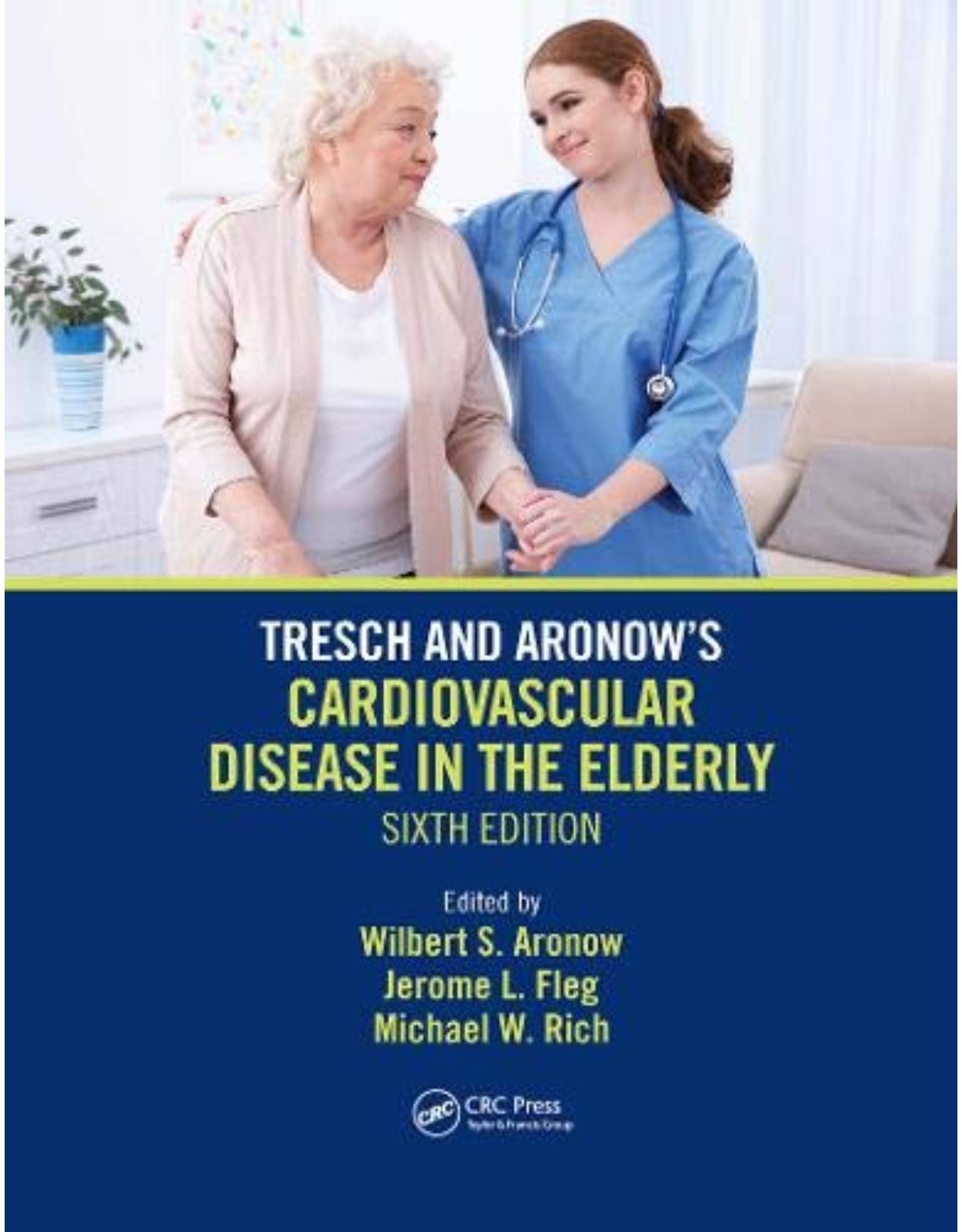
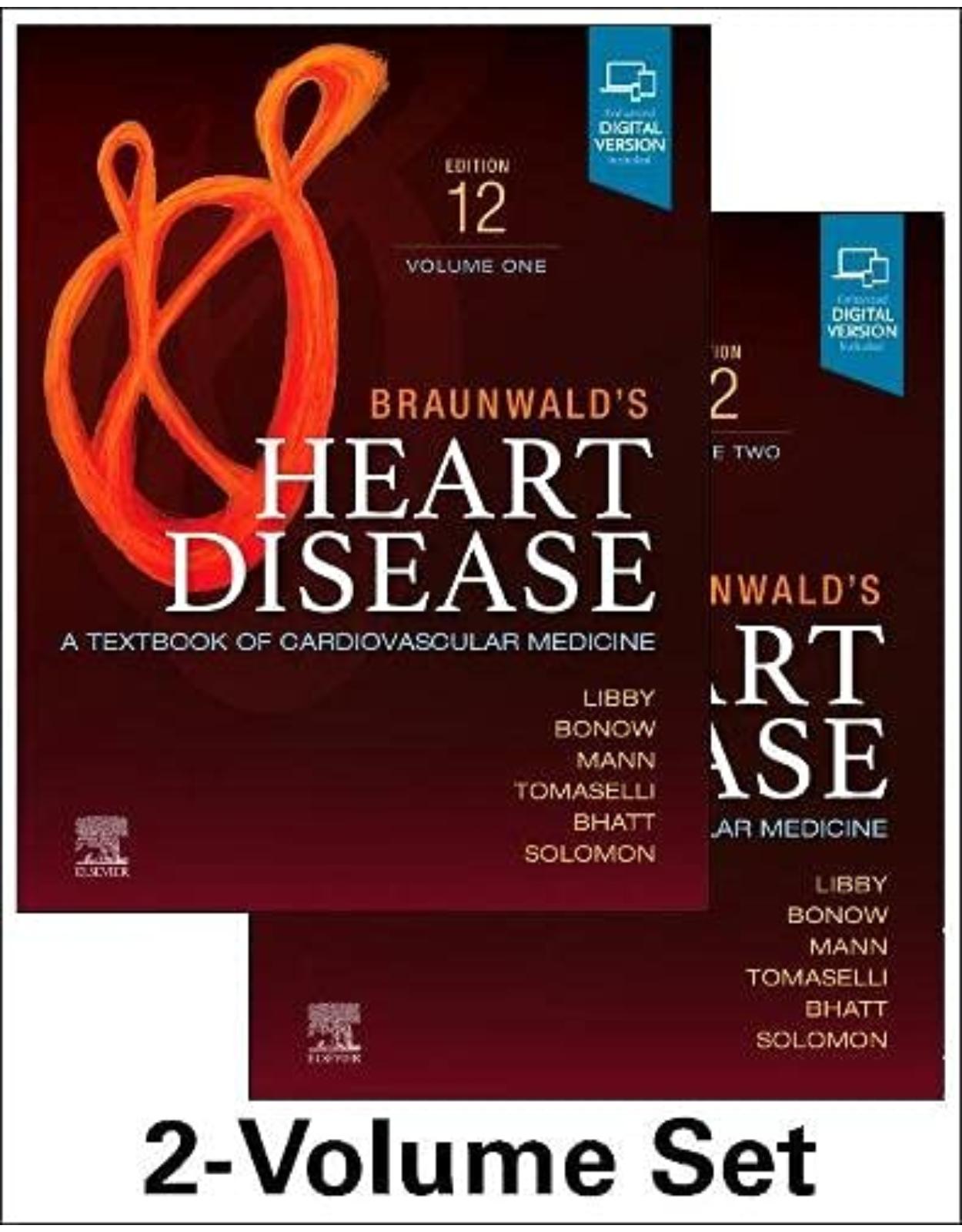
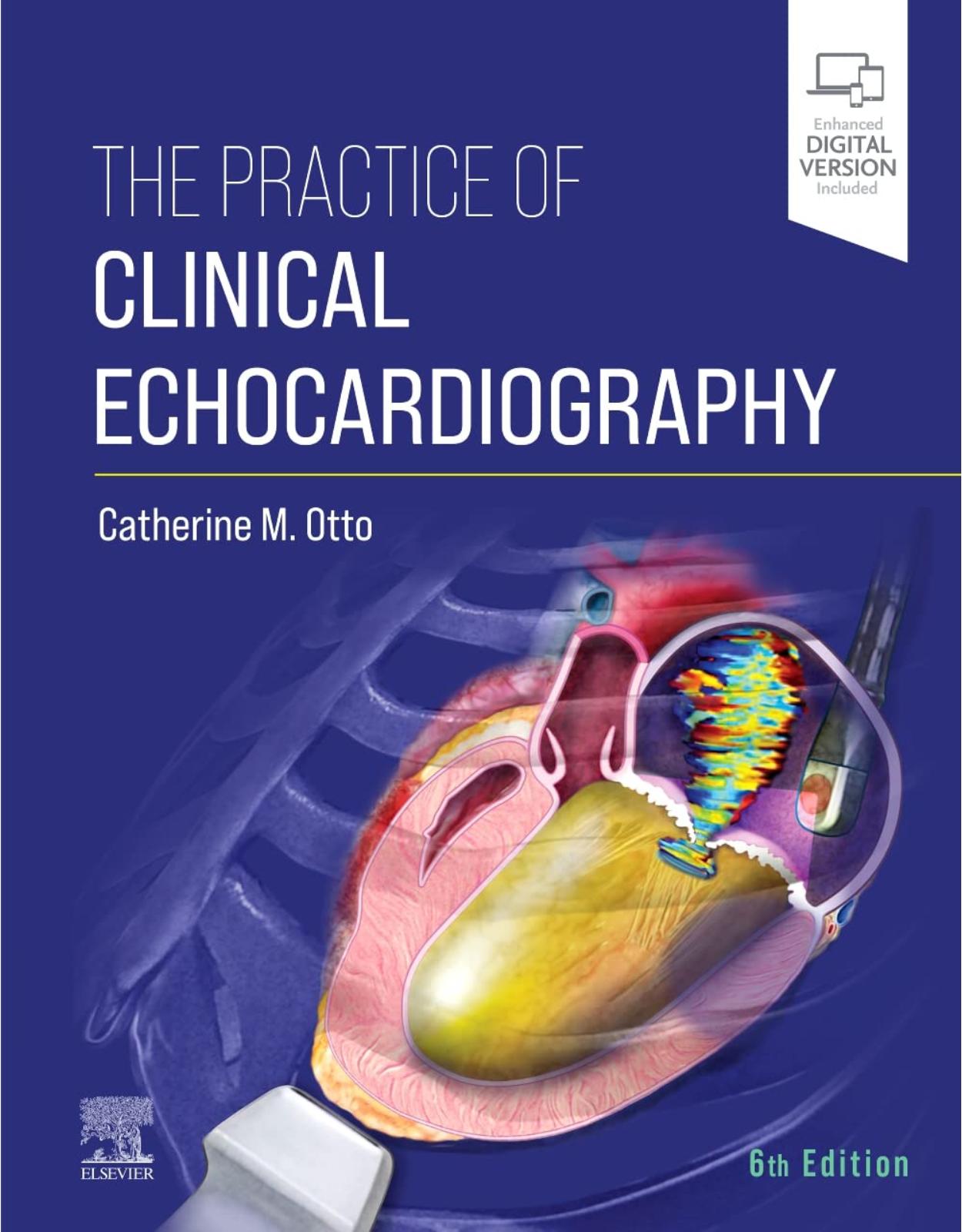
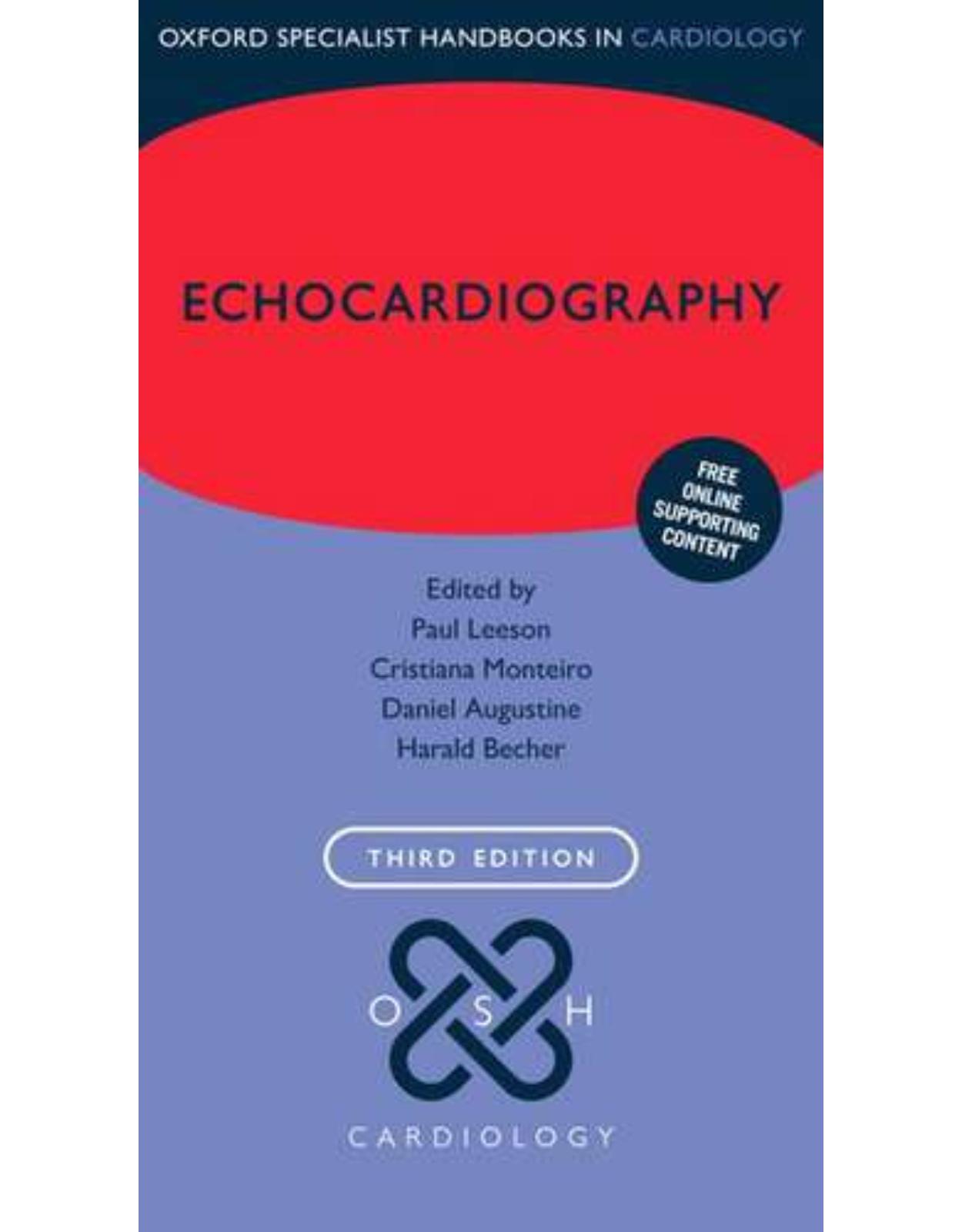
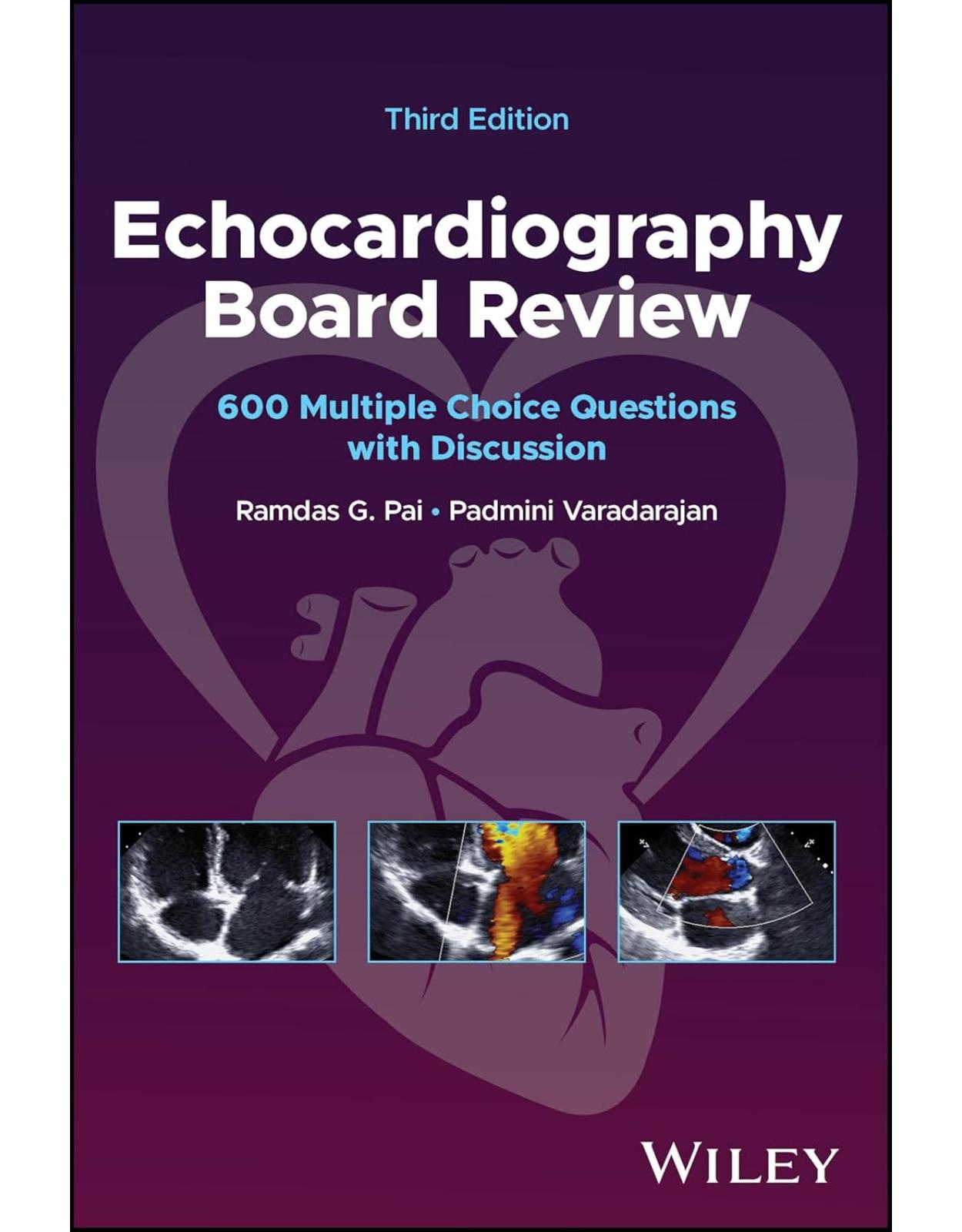
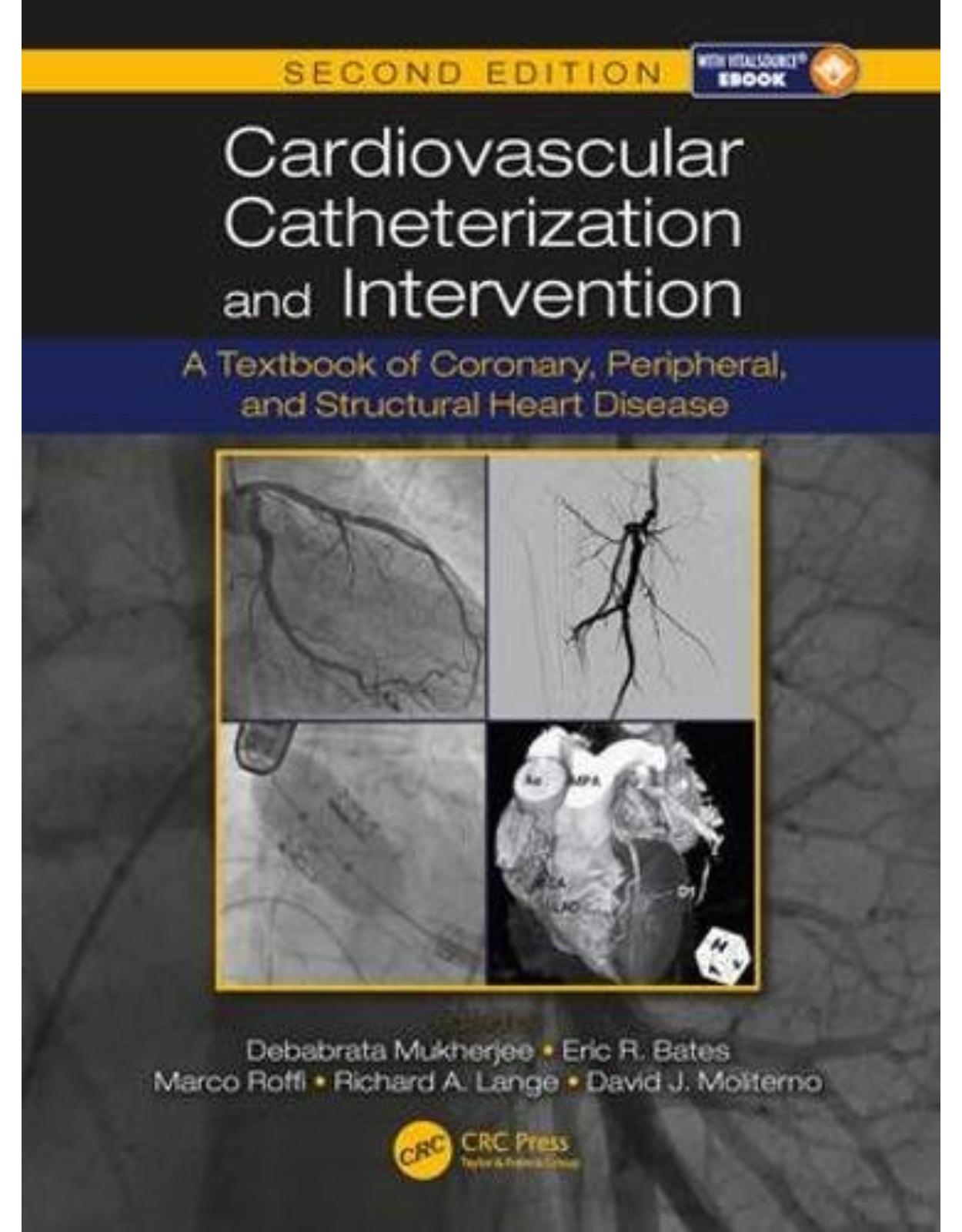
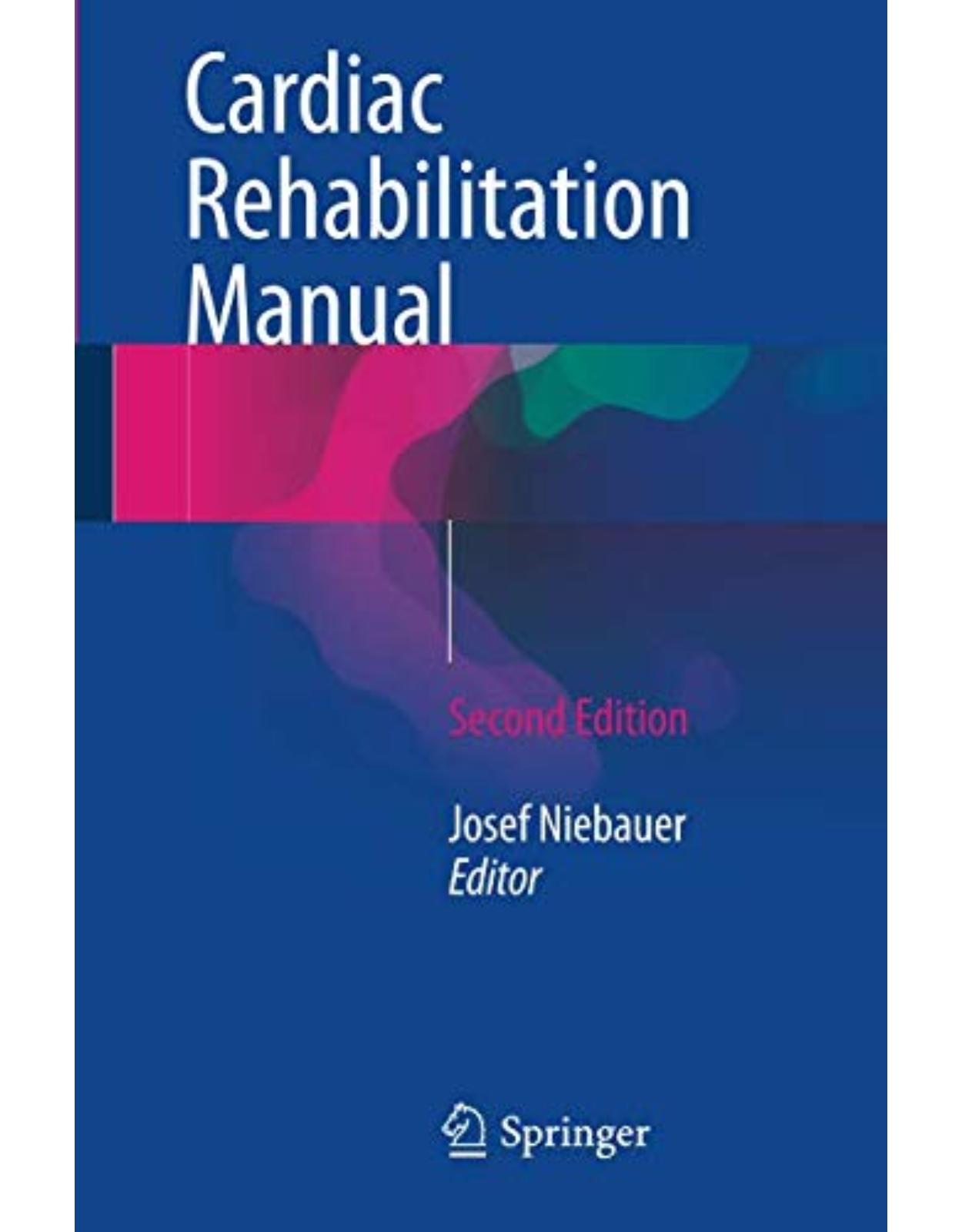
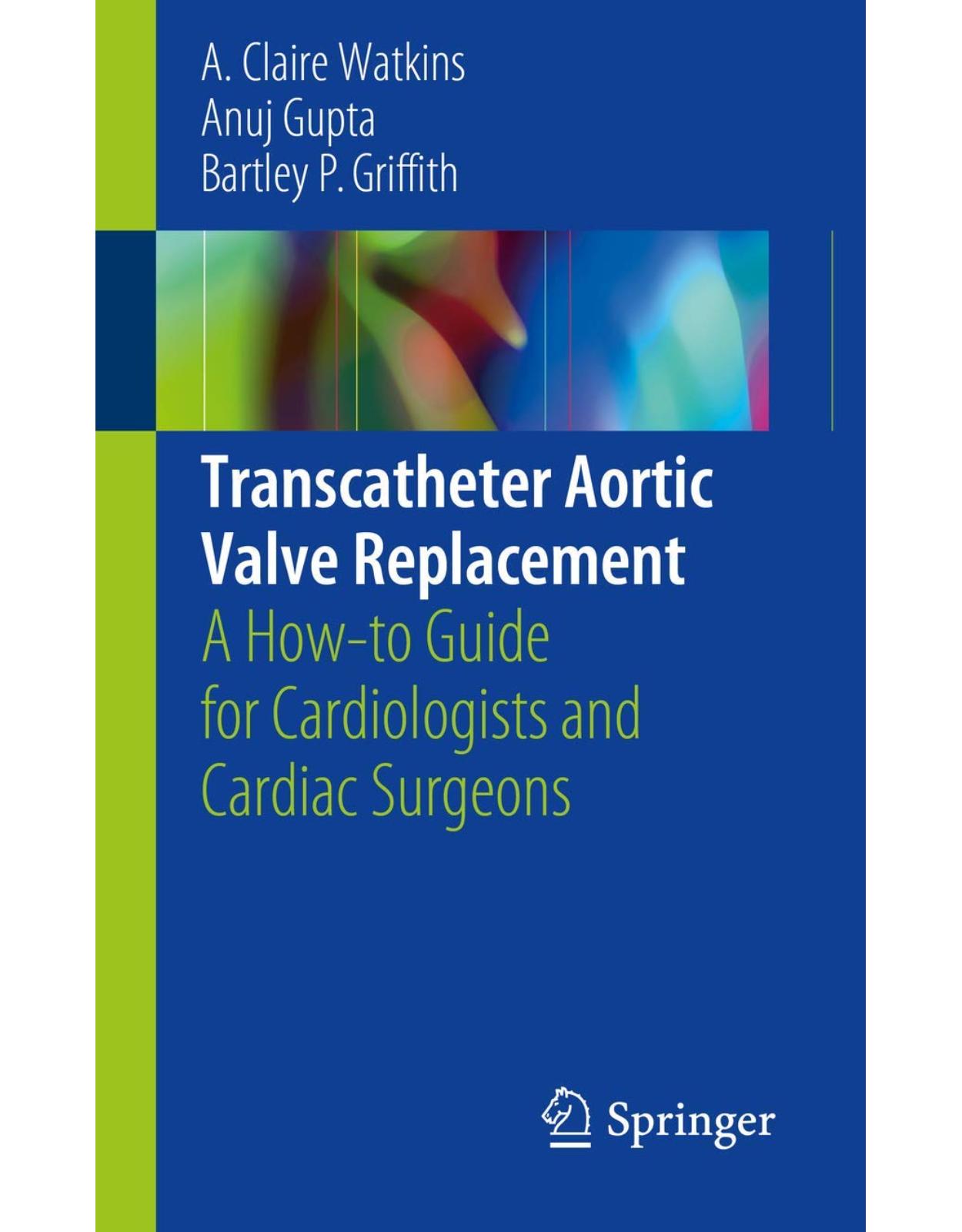
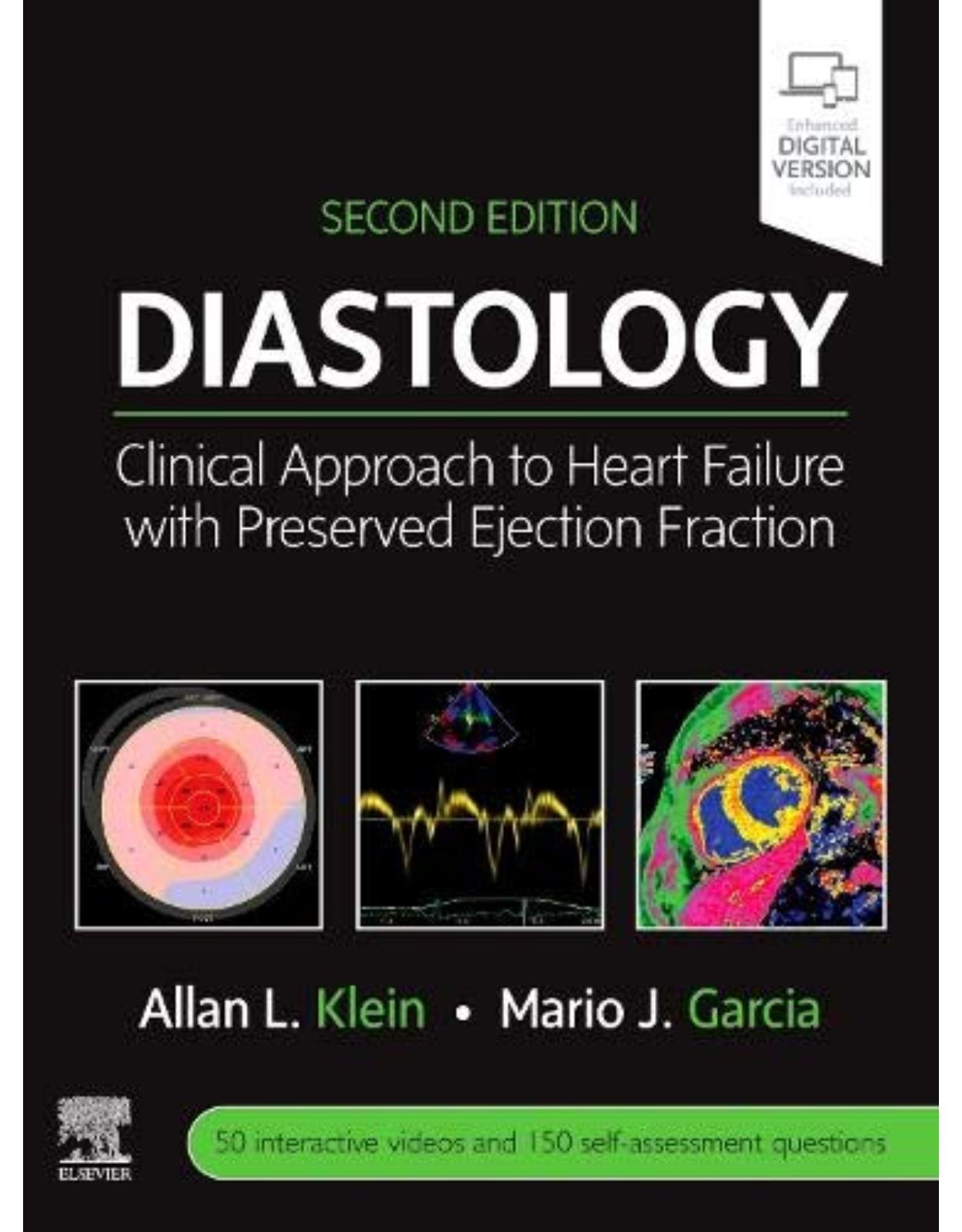
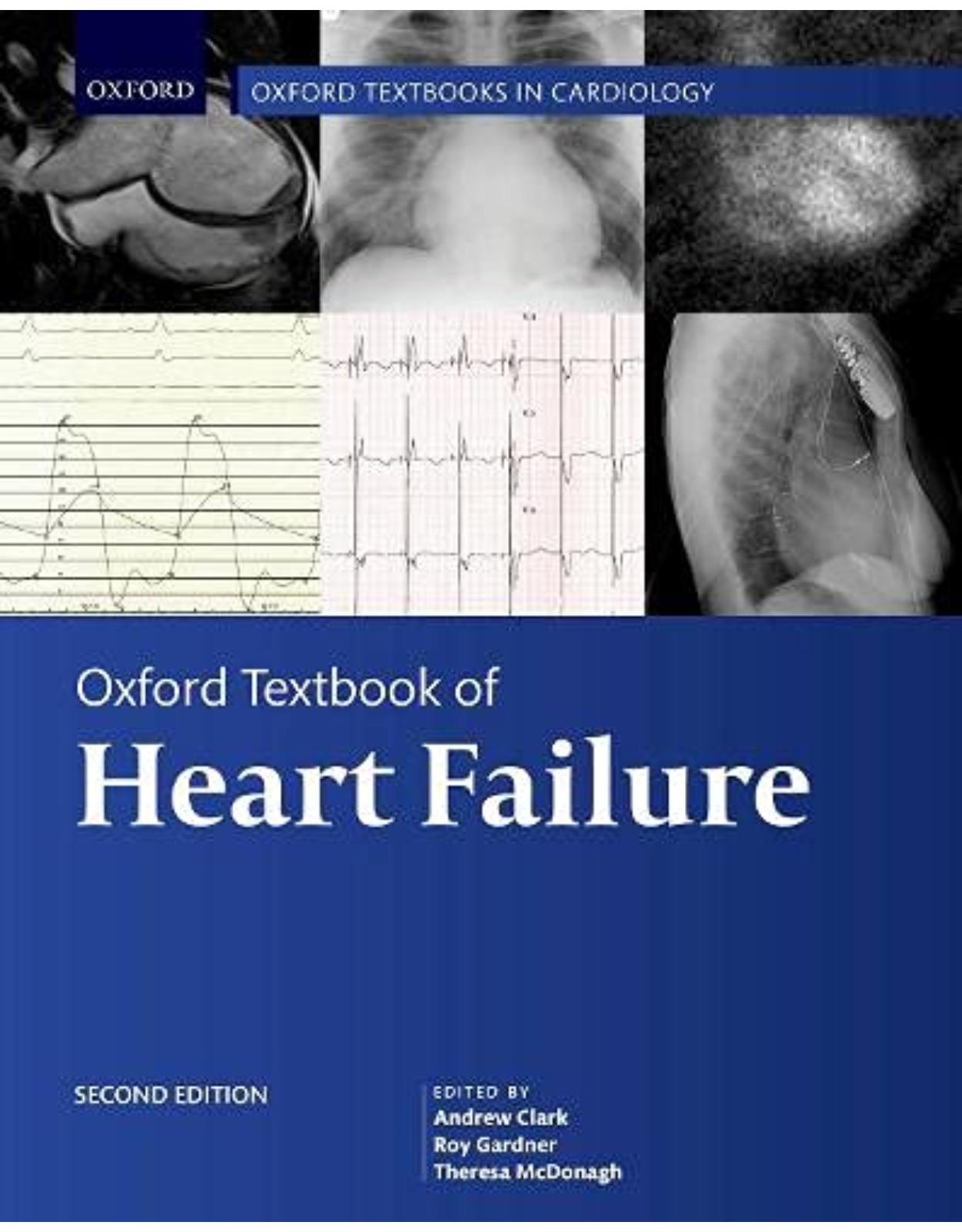
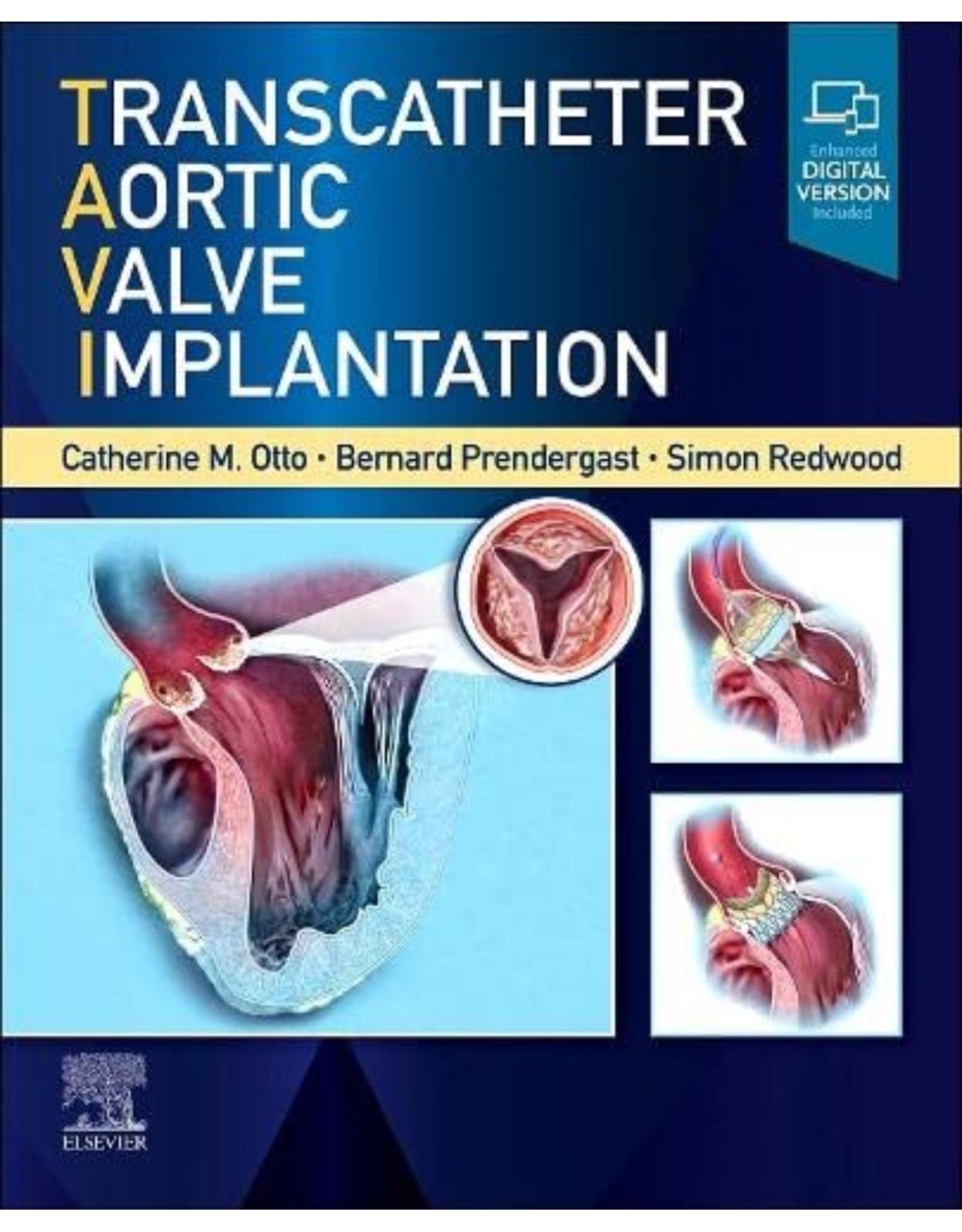
Clientii ebookshop.ro nu au adaugat inca opinii pentru acest produs. Fii primul care adauga o parere, folosind formularul de mai jos.